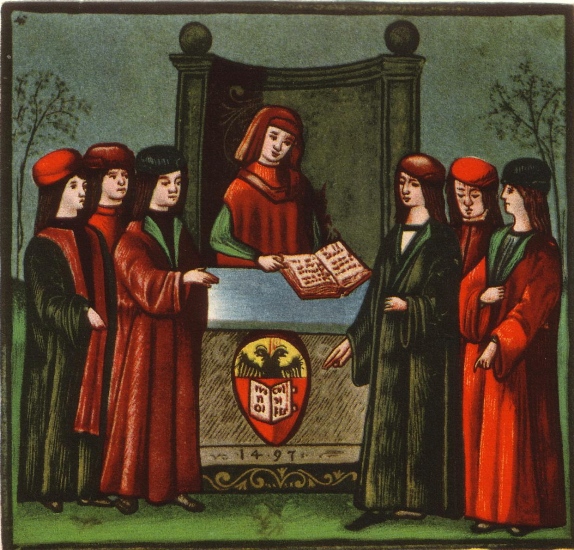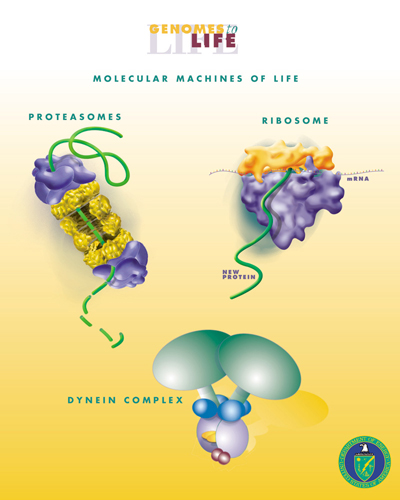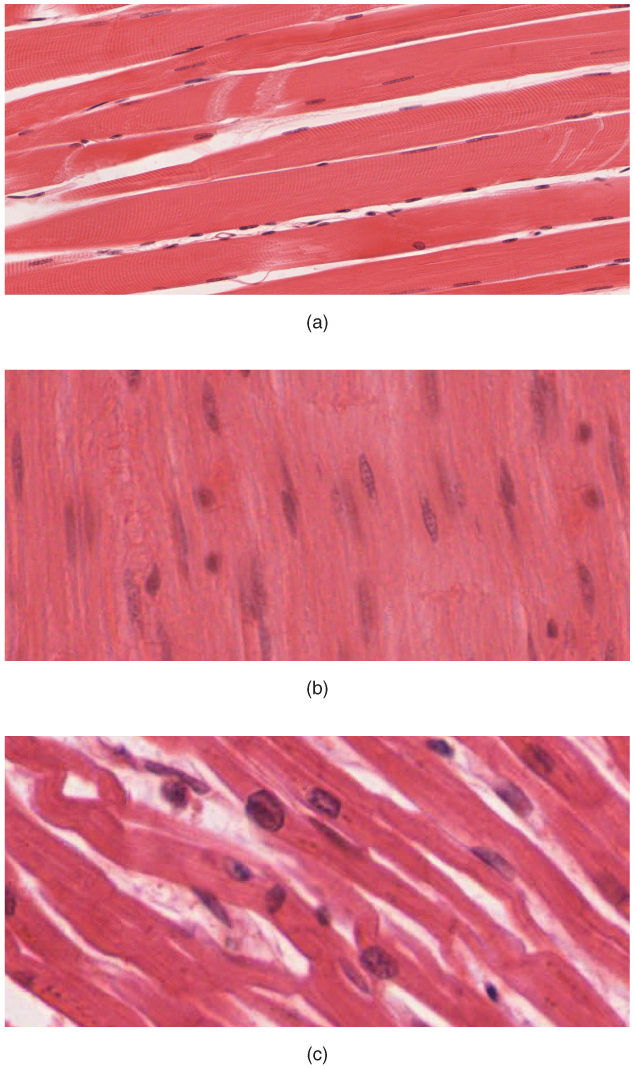|
Claudia Mazzà
Claudia Mazzà is a professor of biomechanics at the Department of Mechanical Engineering at the University of Sheffield. Her research centres on biomechanics of human movement. She is the director of the EPSRC funded MultiSim project and a leading scientist in the Mobilise-D research project. Education and career Mazzà studied biomechanics at the University of Bologna where she completed her PhD in 2004. She then continued her research at the Department of Human Movement Sciences at the Foro Italico University of Rome where she was appointed assistant professor in 2006. She became a reader in Sheffield in 2013 and was promoted to professor in 2019. Research Mazzà's research encompasses a range of topics including biomechanics, gait analysis, techniques for human movement analysis and musculoskeletal modelling. This includes work on the influence of certain illnesses such as Parkinson's disease on the posture and motion of patients. Awards and honours * Life Sciences Awa ... [...More Info...] [...Related Items...] OR: [Wikipedia] [Google] [Baidu] |
University Of Bologna
The University of Bologna ( it, Alma Mater Studiorum – Università di Bologna, UNIBO) is a public research university in Bologna, Italy. Founded in 1088 by an organised guild of students (''studiorum''), it is the oldest university in continuous operation in the world, and the first degree-awarding institution of higher learning. At its foundation, the word ''universitas'' was first coined.Hunt Janin: "The university in medieval life, 1179–1499", McFarland, 2008, , p. 55f.de Ridder-Symoens, Hilde''A History of the University in Europe: Volume 1, Universities in the Middle Ages'' Cambridge University Press, 1992, , pp. 47–55 With over 90,000 students, it is the second largest university in Italy after La Sapienza in Rome. It was the first place of study to use the term ''universitas'' for the corporations of students and masters, which came to define the institution (especially its law school) located in Bologna. The university's emblem carries the motto, ''Alma Mater Studio ... [...More Info...] [...Related Items...] OR: [Wikipedia] [Google] [Baidu] |
University Of Sheffield
The University of Sheffield (informally Sheffield University or TUOS) is a public university, public research university in Sheffield, South Yorkshire, England. Its history traces back to the foundation of Sheffield Medical School in 1828, Firth College in 1879 and Sheffield Technical School in 1884. University College of Sheffield was subsequently formed by the amalgamation of the three institutions in 1897 and was granted a royal charter as University of Sheffield in 1905 by King Edward VII. Sheffield is formed from 50 academic departments which are organised into five faculties and an international faculty. The annual income of the institution for 2020–21 was £741 million, of which £163 million was from research grants and contracts, with an expenditure of £708.6 million. Sheffield ranks among the top 10 of UK universities for research grant funding, and it has become number one in the UK for income and investment in engineering research according to new data published by t ... [...More Info...] [...Related Items...] OR: [Wikipedia] [Google] [Baidu] |
Bioengineering
Biological engineering or bioengineering is the application of principles of biology and the tools of engineering to create usable, tangible, economically-viable products. Biological engineering employs knowledge and expertise from a number of pure and applied sciences, such as mass and heat transfer, kinetics, biocatalysts, biomechanics, bioinformatics, separation and purification processes, bioreactor design, surface science, fluid mechanics, thermodynamics, and polymer science. It is used in the design of medical devices, diagnostic equipment, biocompatible materials, renewable energy, ecological engineering, agricultural engineering, process engineering and catalysis, and other areas that improve the living standards of societies. Examples of bioengineering research include bacteria engineered to produce chemicals, new medical imaging technology, portable and rapid disease diagnostic devices, prosthetics, biopharmaceuticals, and tissue-engineered organs. Bioengineering ... [...More Info...] [...Related Items...] OR: [Wikipedia] [Google] [Baidu] |
Biomechanics
Biomechanics is the study of the structure, function and motion of the mechanical aspects of biological systems, at any level from whole organisms to organs, cells and cell organelles, using the methods of mechanics. Biomechanics is a branch of biophysics. In 2022, computational mechanics goes far beyond pure mechanics, and involves other physical actions: chemistry, heat and mass transfer, electric and magnetic stimuli and many others. Etymology The word "biomechanics" (1899) and the related "biomechanical" (1856) come from the Ancient Greek βίος ''bios'' "life" and μηχανική, ''mēchanikē'' "mechanics", to refer to the study of the mechanical principles of living organisms, particularly their movement and structure. Subfields Biofluid mechanics Biological fluid mechanics, or biofluid mechanics, is the study of both gas and liquid fluid flows in or around biological organisms. An often studied liquid biofluid problem is that of blood flow in the human ... [...More Info...] [...Related Items...] OR: [Wikipedia] [Google] [Baidu] |
Mechanical Engineering
Mechanical engineering is the study of physical machines that may involve force and movement. It is an engineering branch that combines engineering physics and mathematics principles with materials science, to design, analyze, manufacture, and maintain mechanical systems. It is one of the oldest and broadest of the engineering branches. Mechanical engineering requires an understanding of core areas including mechanics, dynamics, thermodynamics, materials science, structural analysis, and electricity. In addition to these core principles, mechanical engineers use tools such as computer-aided design (CAD), computer-aided manufacturing (CAM), and product lifecycle management to design and analyze manufacturing plants, industrial equipment and machinery, heating and cooling systems, transport systems, aircraft, watercraft, robotics, medical devices, weapons, and others. Mechanical engineering emerged as a field during the Industrial Revolution in Europe in the 18 ... [...More Info...] [...Related Items...] OR: [Wikipedia] [Google] [Baidu] |
Engineering And Physical Sciences Research Council
The Engineering and Physical Sciences Research Council (EPSRC) is a British Research Council that provides government funding for grants to undertake research and postgraduate degrees in engineering and the physical sciences, mainly to universities in the United Kingdom. EPSRC research areas include mathematics, physics, chemistry, artificial intelligence and computer science, but exclude particle physics, nuclear physics, space science and astronomy (which fall under the remit of the Science and Technology Facilities Council). Since 2018 it has been part of UK Research and Innovation, which is funded through the Department for Business, Energy and Industrial Strategy. History EPSRC was created in 1994. At first part of the Science and Engineering Research Council (SERC), in 2018 it was one of nine organisations brought together to form UK Research and Innovation (UKRI). Its head office is in Swindon, Wiltshire in the same building (Polaris House) that houses the AHR ... [...More Info...] [...Related Items...] OR: [Wikipedia] [Google] [Baidu] |
Foro Italico University Of Rome
Foro Italico University of Rome ( it, Università degli Studi di Roma "Foro italico"), formerly known as the University Institute of Motor Sciences ( it, Istituto Universitario di Scienze Motorie, IUSM) is a public research university located in Rome, Italy. It is a vocational university, the only Italian state university dedicated to sports and movement sciences. It was created in 1998 when it replaced Rome's Istituto Superiore di Educazione Fisica (ISEF) whose activity had been centred on higher education for P.E. teachers. The university extended the institute's scope to cover all the fields of interest arising from Man's physical activity: scientific research, coaching for recreational sports and for high level competitive sports, teaching, fitness and rehabilitation, organization and management of sports events and facilities. It offers a three-year course for a Bachelor of Arts in Sports Sciences, followed by a two-year graduate degree in either Preventive and Adapted Physi ... [...More Info...] [...Related Items...] OR: [Wikipedia] [Google] [Baidu] |
Gait Analysis
Gait analysis is the systematic study of animal locomotion, more specifically the study of human motion, using the eye and the brain of observers, augmented by instrumentation for measuring body movements, body mechanics, and the activity of the muscles. Gait analysis is used to assess and treat individuals with conditions affecting their ability to walk. It is also commonly used in sports biomechanics to help athletes run more efficiently and to identify posture-related or movement-related problems in people with injuries. The study encompasses quantification (introduction and analysis of measurable parameters of gaits), as well as interpretation, i.e. drawing various conclusions about the animal (health, age, size, weight, speed etc.) from its gait pattern. History The pioneers of scientific gait analysis were Aristotle in ''De Motu Animalium'' (On the Gait of Animals) and much later in 1680, Giovanni Alfonso Borelli also called ''De Motu Animalium (I et II)''. In the 1890s, ... [...More Info...] [...Related Items...] OR: [Wikipedia] [Google] [Baidu] |
Human Musculoskeletal System
The human musculoskeletal system (also known as the human locomotor system, and previously the activity system) is an organ system that gives humans the ability to move using their muscular and skeletal systems. The musculoskeletal system provides form, support, stability, and movement to the body. It is made up of the bones of the skeleton, muscles, cartilage, tendons, ligaments, joints, and other connective tissue that supports and binds tissues and organs together. The musculoskeletal system's primary functions include supporting the body, allowing motion, and protecting vital organs. The skeletal portion of the system serves as the main storage system for calcium and phosphorus and contains critical components of the hematopoietic system. This system describes how bones are connected to other bones and muscle fibers via connective tissue such as tendons and ligaments. The bones provide stability to the body. Muscles keep bones in place and also play a role in the movem ... [...More Info...] [...Related Items...] OR: [Wikipedia] [Google] [Baidu] |
Parkinson's Disease
Parkinson's disease (PD), or simply Parkinson's, is a long-term degenerative disorder of the central nervous system that mainly affects the motor system. The symptoms usually emerge slowly, and as the disease worsens, non-motor symptoms become more common. The most obvious early symptoms are tremor, rigidity, slowness of movement, and difficulty with walking. Cognitive and behavioral problems may also occur with Depression (mood), depression, anxiety, and apathy occurring in many people with PD. Parkinson's disease dementia becomes common in the advanced stages of the disease. Those with Parkinson's can also have problems with their sleep and sensory systems. The motor symptoms of the disease result from the death of cells in the substantia nigra, a region of the midbrain, leading to a dopamine deficit. The cause of this cell death is poorly understood, but involves the build-up of protein, misfolded proteins into Lewy bodies in the neurons. Collectively, the main motor sym ... [...More Info...] [...Related Items...] OR: [Wikipedia] [Google] [Baidu] |
Suffrage Science Awards
The Suffrage Science award is a prize for women in science, engineering and computing founded in 2011, on the 100th anniversary of International Women's Day by the MRC London Institute of Medical Sciences (LMS). There are three categories of award: # life sciences # engineering and physical sciences # mathematics and computing. The life sciences award was founded in 2011. Every year there are 10 laureates from research backgrounds and one laureate for communication. The engineering and physical sciences award was founded in 2013. Every year there are 12 laureates from areas spanning physics, chemistry and more. The math and computing award was launched on Ada Lovelace Day, 2016. Every year there are five laureates from mathematics, five laureates from computing and one laureate for science communication and the public awareness of science. Laureates Laureates have included: 2021 Engineering and Physical Sciences winners are: * , European Space Agency, The Netherlands * Sy ... [...More Info...] [...Related Items...] OR: [Wikipedia] [Google] [Baidu] |
Year Of Birth Missing (living People)
A year or annus is the orbital period of a planetary body, for example, the Earth, moving in its orbit around the Sun. Due to the Earth's axial tilt, the course of a year sees the passing of the seasons, marked by change in weather, the hours of daylight, and, consequently, vegetation and soil fertility. In temperate and subpolar regions around the planet, four seasons are generally recognized: spring, summer, autumn and winter. In tropical and subtropical regions, several geographical sectors do not present defined seasons; but in the seasonal tropics, the annual wet and dry seasons are recognized and tracked. A calendar year is an approximation of the number of days of the Earth's orbital period, as counted in a given calendar. The Gregorian calendar, or modern calendar, presents its calendar year to be either a common year of 365 days or a leap year of 366 days, as do the Julian calendars. For the Gregorian calendar, the average length of the calendar yea ... [...More Info...] [...Related Items...] OR: [Wikipedia] [Google] [Baidu] |



.jpg)





